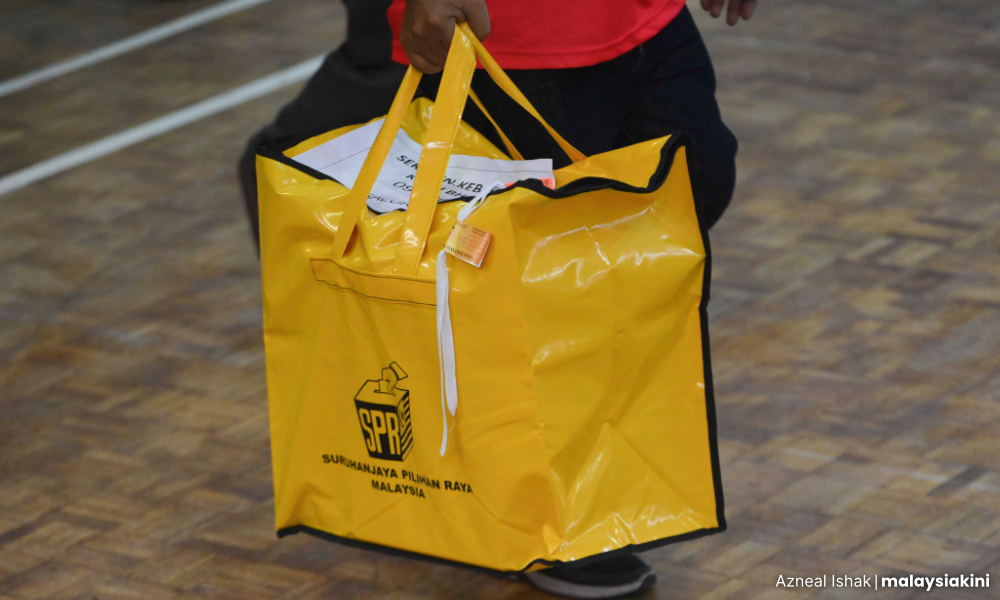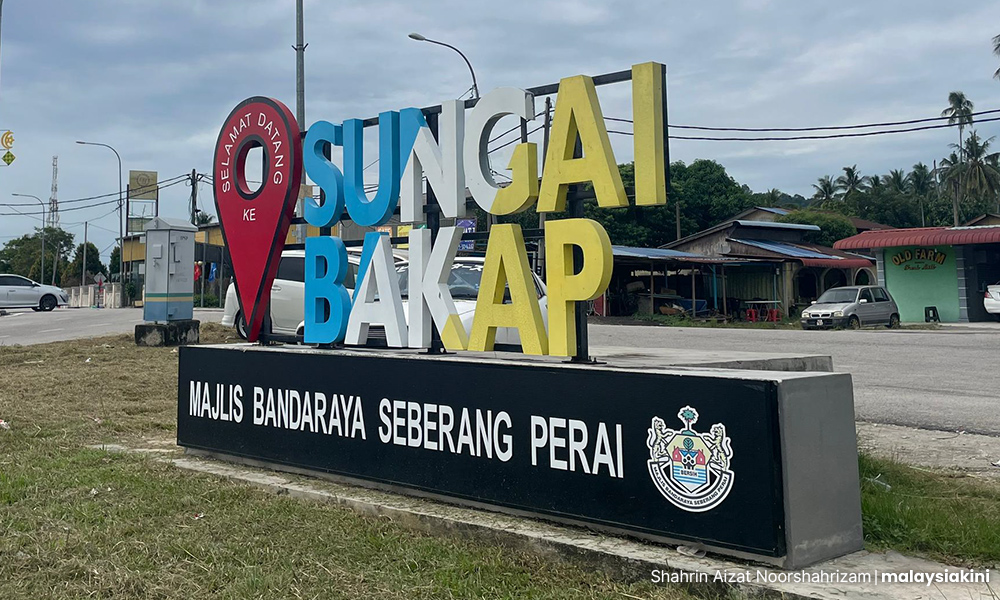The Sungai Bakap by-election concluded with Perikatan Nasional retaining the seat with an increased vote share.
This immediately triggered finger-pointing by some Pakatan Harapan and BN leaders against non-Malay voters, especially the Chinese.
This article evaluates preliminary data obtained from political parties to evaluate if the accusations are valid.
But first, a primer. All constituencies are subdivided into daerah mengundi (voting districts). Typically, each voting district will have one polling station, usually a school or a community hall.
The mainstream method of campaigning typically sees political parties organising their resources and activities based on these voting districts and their granular demographic data.
The Election Commission does not share demographic data but it exists. Demographic data, more specifically ethnicity data, is either created by the political parties themselves through house-to-house surveys or, perhaps, through leaks from official sources.

This article relies on ethnicity data obtained from political parties and is accurate as of April 2023 and is unlikely to have changed significantly since then.
Polling districts
There are eight polling districts in Sungai Bakap of which half had a clear Malay majority of 70 percent or more.
In these four Malay-majority polling districts (Padang Lalang, Sungai Duri, Sungai Kechil, and Kampung Besar), the results showed a one to two percent swing towards PN.
As for the remaining four polling districts (Puteri Gunong, Tasek Junjong, Sungai Bakap, and Ladang Sempah), things are slightly muddier as they are all mixed-ethnicity polling districts with a Malay majority.
Normally, political parties will gauge ethnic support by identifying voting tendencies at the polling district level. To do that, they examine polling districts where there is a clear ethnic majority, which in the case of Sungai Bakap would be 70 percent or above.
Nevertheless, existing data allows some inferences to be made.
The largest swing towards PN (nine percent) occurred in Tasek Junjong where 30 percent of the voters were Chinese while Malays made up 60 percent. In the case of Puteri Gunong, where Malays made up only 43 percent, the swing was eight percent to PN.
In the case of Ladang Sempah, where Malays were 70 percent and Indians 25 percent, the swing to PN was six percent.
Therefore, assuming that none of the non-Malays voted for PN this year and there was no swing in Malay voters to PN, it can be inferred that there was a reduction in the turnout among non-Malay voters.
Just how much is impossible to estimate, unless one gleans from Rafizi Ramli’s formula book (view the 7.40pm timestamp from this report).

Malay turnout, however, is a lot clearer by sampling the Sungai Duri and Kampung Besar polling districts - both have a near absolute Malay majority of 82 percent and 97 percent respectively - which saw a turnout of 74 percent and 70 percent respectively, above the 64 percent overall turnout.
In contrast, the Puteri Gunong polling district, where Malays made up only 43 percent, saw a turnout of 60 percent. Turnout was below the overall turnout in all four of the voting districts where non-Malays made up at least 30 percent.
Green wave
Lastly, this article will examine if the “green wave” has continued to gain momentum since the August 2023 Penang state election and whether it is all doom and gloom for Harapan-BN.
Of the four Malay-majority polling districts, the number of actual votes received by Harapan went down by an average of 9.9 percent, while the actual votes received by PN went down by 5.7 percent on average.
This leaves us with at least two possible conclusions. Firstly, there was a swing among Harapan-BN supporters towards PN and/or, secondly, Harapan-BN supporters were less motivated to vote.
However, it would be unwise to deduce that Harapan-BN has no standing among Malays. In the case of the Sungai Duri voting district, there is one Harapan-BN voter for every three PN voters. In the case of Kampung Besar, the ratio is 1:4.
To conclude, this article firstly demonstrated why it can be inferred that there was a non-Malay drop in turnout while the data showed that Malays were more motivated to vote.
Secondly, this article also demonstrated that Harapan-BN continues to enjoy some support among Malays, but that support shows signs of some erosion.
This article does not intend to debate the motives - or disincentives in the case of non-Malay voters - of the Sungai Bakap electorate. That is best left to the esteemed Malaysiakini opinion writers and wise readers. The purpose of the article is to lay the facts bare as a foundation for such debates. - Mkini
ANDREW ONG was once part of Malaysiakini’s newsroom and is now with the Environmental Reporting Collective (ERC). He believes the FPTP system incentivises political parties with a proclivity towards pandering to their base rather than the centre. He recommends Wong Chin Huat’s hybrid proportional representation system as a replacement. He can be reached on LinkedIn.
The views expressed here are those of the author/contributor and do not necessarily represent the views of MMKtT.



No comments:
Post a Comment
Note: Only a member of this blog may post a comment.